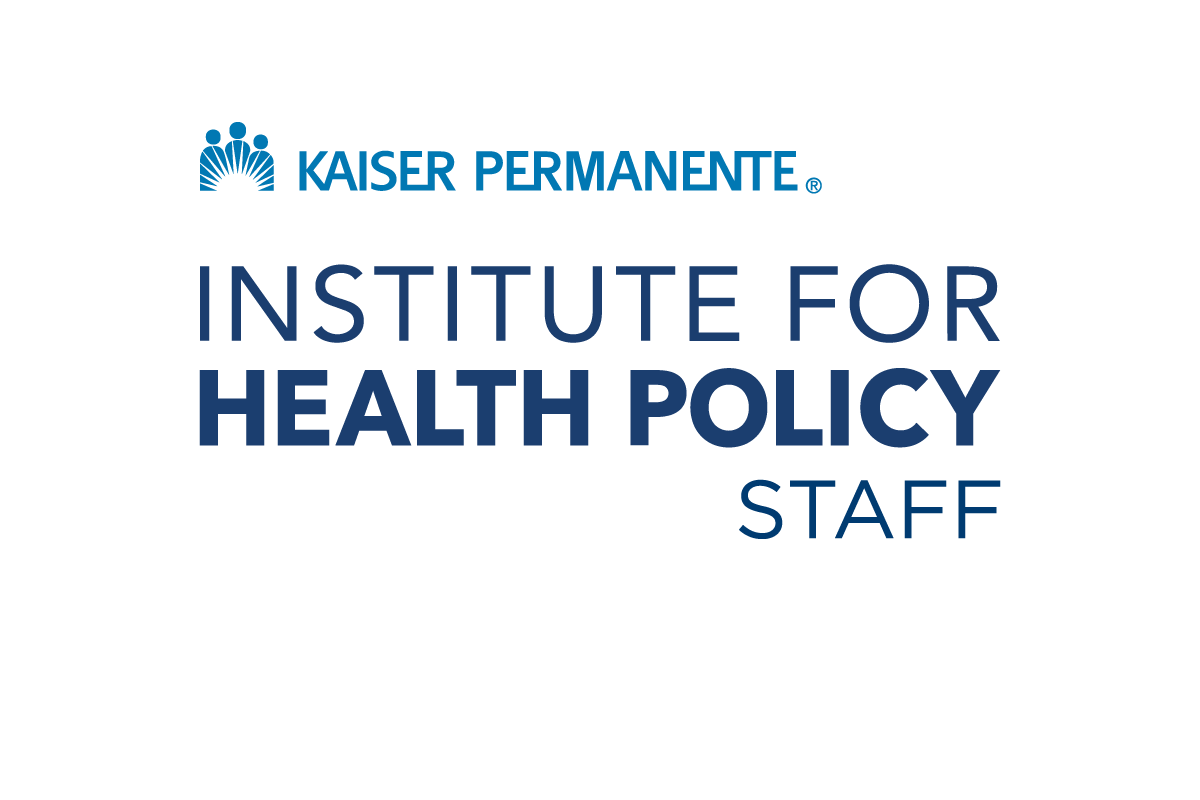
The National Academy for State Health Policy (NASHP) held its 24th Annual State Health Policy Conference this past Fall, in Kansas City, Missouri.
The three-day conference convened more than 600 state leaders from across the country to discuss health policy and health care delivery challenges that states are facing in the context of federal health reform.
Kaiser Permanente sponsored one of the pre-conference sessions: Integrated Delivery Systems: Fostering State Policy to Support Delivery System Transformation. The goal of this symposium was to help state leaders understand what delivery system reform really looks like. State officials and leaders of established, high-performing integrated delivery systems came together to discuss and share critical dimensions of effective health care delivery models. Featured integrated delivery systems included Intermountain Health Care, Billings Clinic, and Kaiser Permanente, represented by Dr. Amy Compton-Phillips, associate executive director for quality; and Dr. Susan Fleischman, Vice President and national business leader for Medicaid, CHIP, and Charitable Care and Coverage.
Dr. Compton-Philips shared core elements and marketplace variables that are relevant to expanding effective delivery models and highlighted issues amenable to state policy interventions in her presentation, “Health Reform and Evolving Health Care Models: Understanding and Implementing the Core Features of Effective Integrated Delivery Systems.” Key takeaways from her presentation included success factors for effective delivery systems and barriers to integration.
Success factors for effective delivery systems include:
- A clear, agreed upon mission;
- Visionary leadership;
- Aligned structure and incentives; and
- Integrated information technology and performance improvement.
Barriers to integration include:
- A fragmented system;
- Fee-for-service payment model;
- Lack of IT infrastructure;
- Lack of transparency and quality measurement; and
- Structural disincentives to practicing primary care.
In a panel and audience discussion titled, “Beyond the Usual Suspects in Integrated Care Networks: Innovative Network Providers and Services.” Dr. Fleischman shared her insight on the challenges and opportunities in building working relationships and care models that can serve aged, disabled, and other vulnerable populations and involve social supports, community resources and non-physician providers and services.
Most of the medical community is struggling to create integration and coordination for physical health services. Adding external social service, behavioral health, and other types of providers to existing integrated delivery systems will be challenging, both for the systems themselves, and for their partners.
Challenges for integrated delivery systems include:
- Ensuring shared care delivery with new partners through teams of health care workers and services aligned to meet the members’ needs;
- Using a network of diverse providers, not just one’s own delivery system, to achieve integration; and
- Financial, operational and cultural challenges.
Challenges for partners include:
- Tactical Integration, such as clinical guideline alignment, data sharing, disease registries, population management and EHR interfaces; and
- Cultural Integration, such as working as part of a larger team, transparency and trust.
Dr. Fleischman also summed up what delivery system leaders can do to help create integration and coordination:
- Have reasonable expectations. We can’t go from 0-60 overnight. Most of the provider world is struggling to achieve basic integration of physical health services;
- Move towards integration of funding streams to best serve the member (for example, mental health);
- Protect plans from unacceptable financial risk as they expand into broader territory; and
- Support potential new partners.
In summary of the symposium, participants noted the value of the state policymaker-delivery system leader dialogue. The symposium created opportunities for delivery system leaders to share best practices and for state policymakers to assess where their state delivery systems are in terms of integration, where they need to be and how they can get there. As health reform is implemented, these dialogues will need to continue to take place. Delivery systems will not reform themselves, and we will all be better off if states and delivery system leaders can bring about effective transformation together.
Click here for more information on the NASHP conference, speakers and presentations.